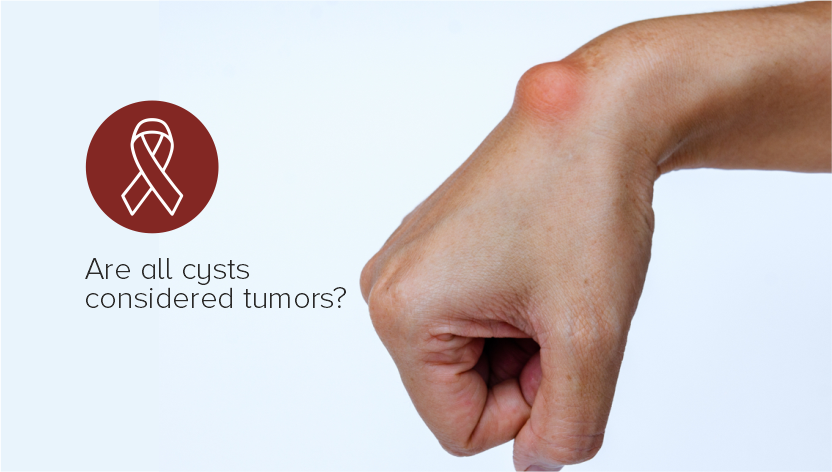In a world where medical information is at our fingertips, understanding the difference between cysts and tumors can be both empowering and daunting. For many, the mention of these terms can evoke feelings of fear and uncertainty, but armed with the right knowledge, we can approach these conditions with clarity and confidence.
